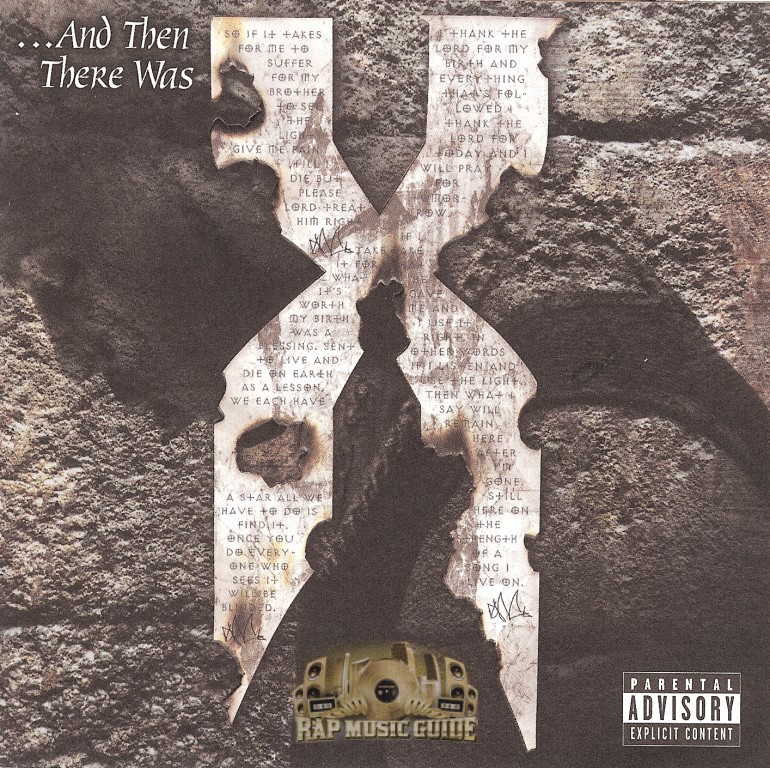

“One thing I respect about Puff, at least he told me to my face what he felt,” DMX told “ Drink Champs.” “‘His voice is too rough, he’s not marketable.’” DMX returned to the underground scene, emerging on LL Cool J’s 1997 album Phenomenon with a verse on the now infamous posse cut “4, 3, 2, 1.” Buzzing once more, he followed Gotti to Def Jam. (DMX claimed he was under-promoted because of groups like Kris Kross and Cypress Hill.) A few years later, Puff Daddy, head of the burgeoning Bad Boy Records, took interest in X and fellow Yonkers corner boys the LOX, but in the end chose to sign the latter over the former, deciding that X had no commercial prospects. But true to its title, it failed to generate any buzz or airplay, and his overbooked label let him off the hook. True to form, DMX signed to Columbia Records imprint Ruffhouse in 1992 and immediately cut a promotional single called “The Born Loser.” The track introduced his depressive tone, an ominous and confessional space that would later bring life to his most discomforting scenes. The Unsigned Hype column was known for producing deals. Jay would later ask industry maneuverer mutual friend Irv Gotti, “You think he’s better than me?” to which Gotti replied, “If you look in the hood, there’s less niggas like you and more niggas like him.” The energy in the room clearly favored X’s style. When he traded bars with Jay Z in a cramped Bronx pool hall in the late ’90s, head bobbing violently, cigarette in hand, he proved himself to be a raw, almost boorish alternative to Hov’s shifty slick talk. But it was in the ring that he truly built his rep, making an indelible mark on the underground scene with heavily rhythmic flows and a battler’s bluntness.

The earliest DMX demos were tedious, without the defining presence he’d grow into. Rocking a skull-embroidered hat, DMX the Great appeared in The Source’s Unsigned Hype column in January 1991, garnering comparisons to LL Cool J, PMD, and Hit Squad’s K-Solo (whom DMX had met in prison).


 0 kommentar(er)
0 kommentar(er)
